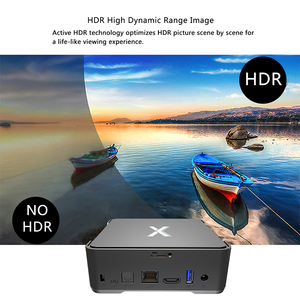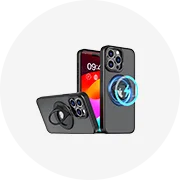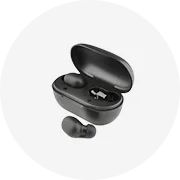Digital Satellite Decoders
Digital satellite decoders receive and decode satellite signals for viewing. These decoders are equipped with tuners to handle both high-definition (HD) and standard-definition (SD) video formats. They are compatible with multiple satellite dishes and offer a wide range of channel options, making them ideal for users who rely on satellite broadcasting.
































































